Celine’s first Australian standalone flagship boutique by creative director Hedi Slimane is a canvas for mercurial design.

November 22nd, 2019
For a luxury fashion house, a physical retail space is a chance to connect with its customers on a visceral level. It can be an engaging backdrop for human connection or a stage for lofty ideals. When done well, it builds and circulates a brand’s identity more effectively than any other touchpoint.
For Celine, a heritage fashion brand rooted in elegance and Parisian allure, creating a space with all the restraint and luxury of its signature sartorial aesthetic must be an inviting challenge. It may have played a role in Celine’s recently appointed creative director Hedi Slimane taking on the design of the interiors for the brand’s first standalone Australian boutique.
 The new Collins Street store, located on the 250 sqm location that once housed the luxury retail icon Cose Ipanema, is the first to open under Slimane’s leadership of the brand. It is quintessentially ‘Slimane’: precise, contemporary and infused with touches of the gritty glamour that made him famous in the early-2000s at LVMH-owned Dior Homme.
The new Collins Street store, located on the 250 sqm location that once housed the luxury retail icon Cose Ipanema, is the first to open under Slimane’s leadership of the brand. It is quintessentially ‘Slimane’: precise, contemporary and infused with touches of the gritty glamour that made him famous in the early-2000s at LVMH-owned Dior Homme.
All this marks a subtle but important change of direction from Celine’s existing bricks and mortar designs, where classic elements such as marble dominate in a reflection of the previous creative director Phoebe Philo’s understated and much-loved signature taste. Under Slimane’s tenure, Celine’s output is more mercurial. The label’s collections have shifted in mood from 1980s rock ‘n’ roll to 1970s Parisian bourgeois elegance in all the space of a year.
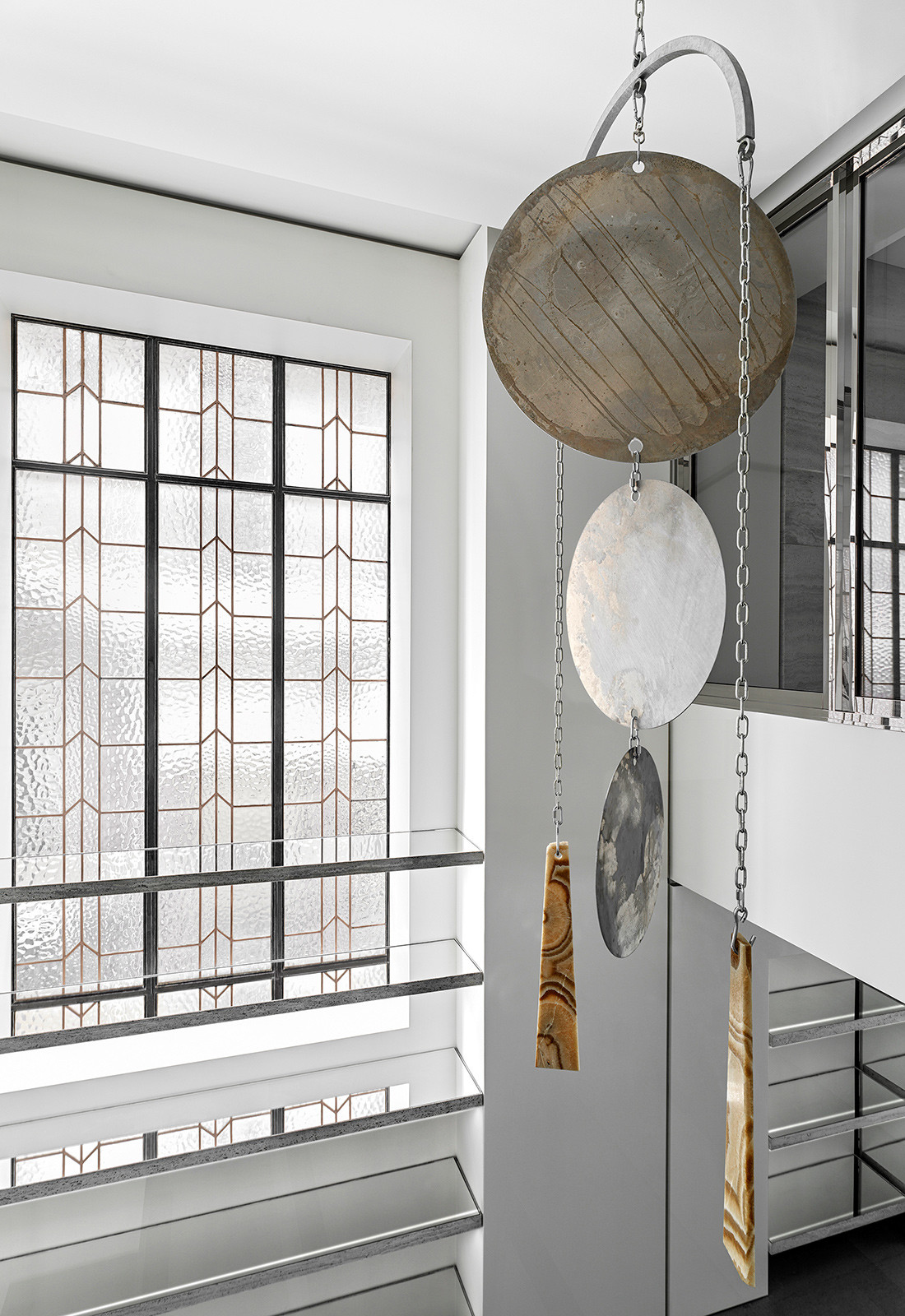
Such creative diffusion is, objectively, hard to distil into a physical space. With a full suite of men’s and women’s ready to wear, as well as the haute parfumerie collection, the space must be both a canvas and platform for Celine’s emerging new identity. Just enough of the old-world with a bold dash of the new.
The space does this by playing on an expansive brutalist aesthetic defined by the juxtaposition of materials and shapes: reclaimed oak, natural stones and concrete sit alongside stainless steel and brass highlights. Neon lighting is suspended in graphic, grid-like fixtures which reflect the sharp edged display cabinets underneath. Highlighting his cross-disciplinary strength, Slimane added his own specially designed furniture to the space, which – alongside site-specific artwork by contemporary artist Fay Ray – soften and respond to the space in both tone and form.

Part of Slimane’s power as a designer is how literal his output can be. His collections appear to stem from an aesthetic vision rarely seen in high fashion; clear concepts that can be easily metabolised and embraced. As an interior designer, Slimane adopts the principles that have turned him into one of the fashion world’s biggest stars, turning a space for one of the world’s great fashion labels into a physical manifestation of his magnetic, fearless vision of the future.
We think you’d like this other project by Bates Smart, The Lounge at UNSW. Join our digital community and get weekly inspiration straight to your inbox.
INDESIGN is on instagram
Follow @indesignlive
A searchable and comprehensive guide for specifying leading products and their suppliers
Keep up to date with the latest and greatest from our industry BFF's!
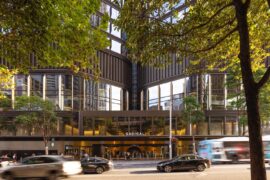
Rising above the new Sydney Metro Gadigal Station on Pitt Street, Investa’s Parkline Place is redefining the office property aesthetic.

Merging two hotel identities in one landmark development, Hotel Indigo and Holiday Inn Little Collins capture the spirit of Melbourne through Buchan’s narrative-driven design – elevated by GROHE’s signature craftsmanship.
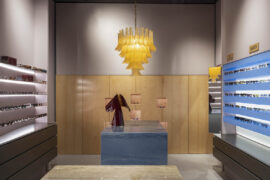
A calm, gallery-like boutique by Brahman Perera for One Point Seven Four brings contemporary luxury and craft to Strand Arcade.
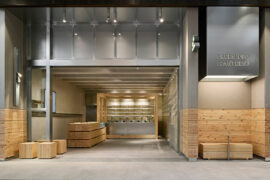
Hecker Guthrie brings a natural, material-led design to Green Cup’s new Chadstone store, pairing pine, steel and glass with a grab-and-go layout inspired by the brand’s fresh, organic ethos.
The internet never sleeps! Here's the stuff you might have missed

For those who appreciate form as much as function, Gaggenau’s latest induction innovation delivers sculpted precision and effortless flexibility, disappearing seamlessly into the surface when not in use.
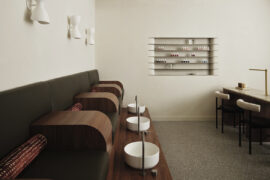
Tom Mark Henry refines a layered design legacy into a softly sculpted retreat in Redfern, where light, tactility and crafted detail define a new expression of restrained luxury.